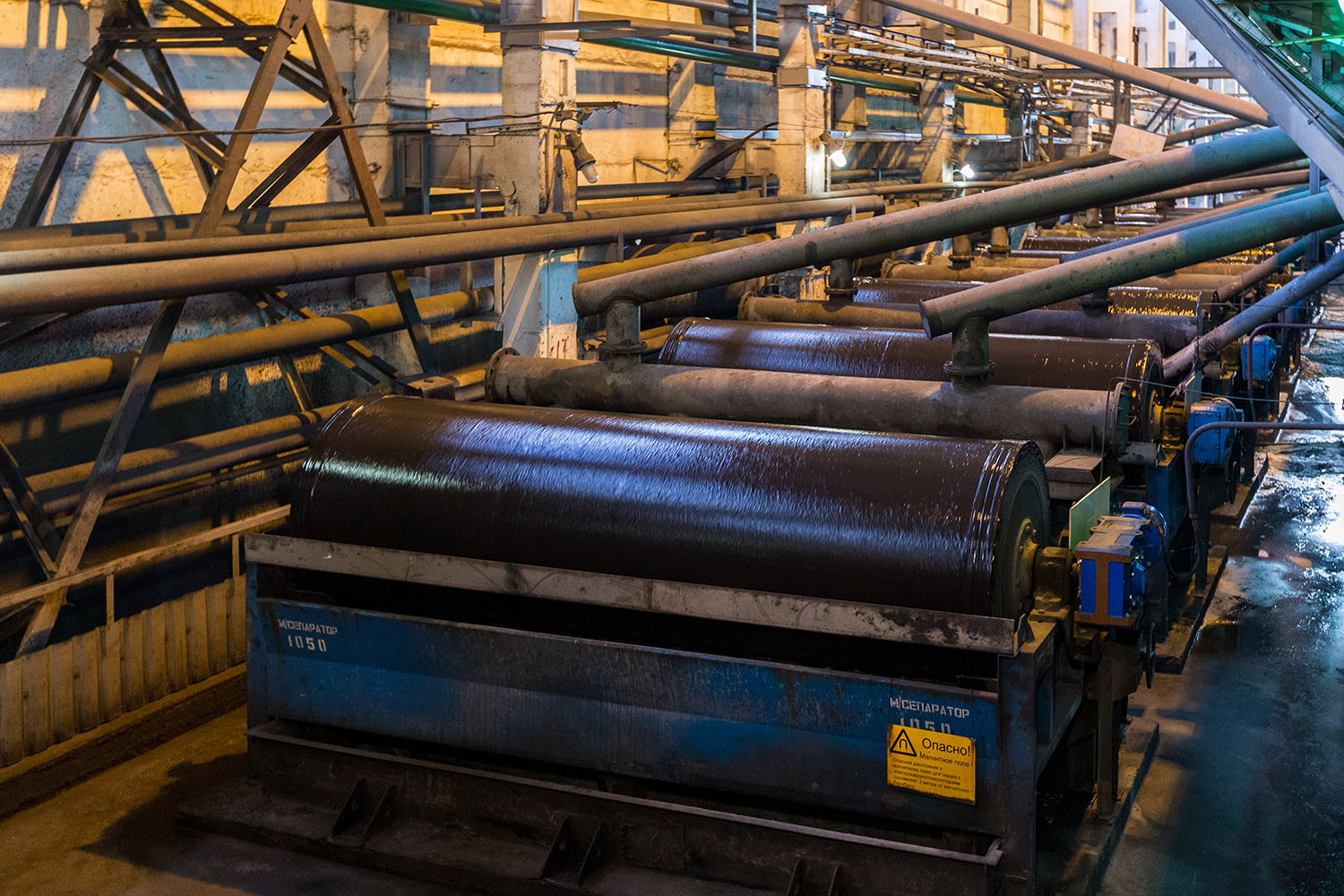A new approach to crushing and separation
In 1960, the exploration of the Kremenchug Magnetic Anomaly started on the left bank of the Dnieper River, Ukraine. At that time, the foundations of the Poltavskiy processing plant were laid, which is today operated by Ferrexpo, and in 1970 the plant produced its first batch of concentrate.
There were several phases of plant construction: in 1980, after launching the pelletizing plant the company presented a new type of product to the market - iron ore pellets. To stimulate the demand for this product, the company needed to improve the product's quality, i.e. increase the iron content in the concentrate.
Keeping this in mind, the company’s managers decided to upgrade the ore pretreatment operations: reduce the crushed material size to cut the costs of the further grinding process. Due to space constraints at the crushing plant, the company required new equipment with the exact dimensions of the current foundation structures. At that time, Svedala* engineers suggested testing the Barmac vertical shaft impact crusher.
“The conventional crusher-based closed cycle of check screening was not an option for us, so we were offered inertial crushers for coarse lumps. And this proved to be a good technical solution,” says Vladimir Khovanets, Beneficiation Engineer at Ferrexpo.
“Metso and now Metso Outotec always does lots of research and testing to offer us an integrated solution, i.e. technology that gives us exactly what we want,” says Alexander Lysenko, Ferrexpo's Chief Technical Officer.
After the pilot testing, the medium and small fraction crusher lines were upgraded with Barmac crushers. That project was a success, so both companies decided to expand further joint activities: two double-drum separators were installed instead of eight locally manufactured triple-drum separators with no loss in productivity.


